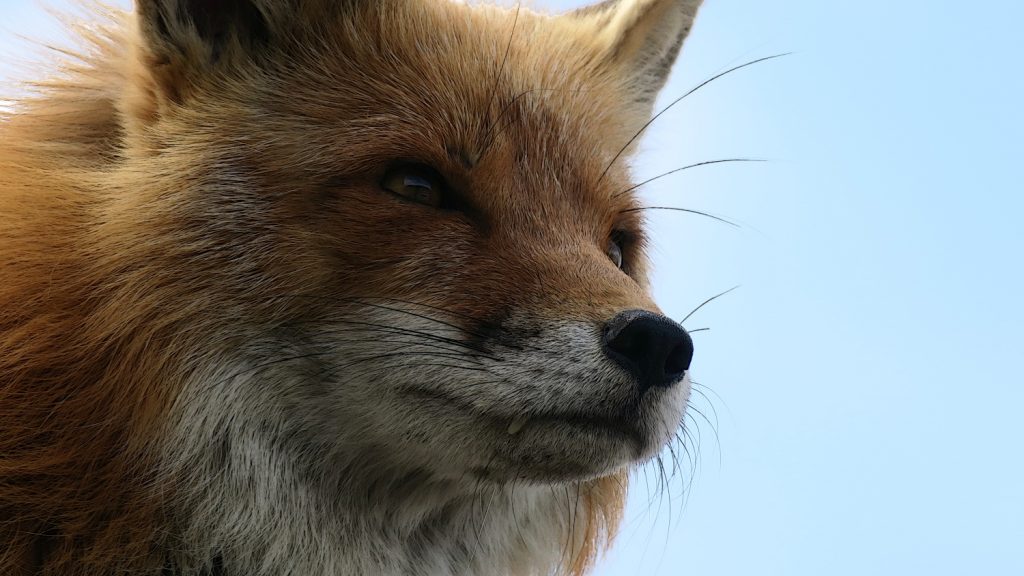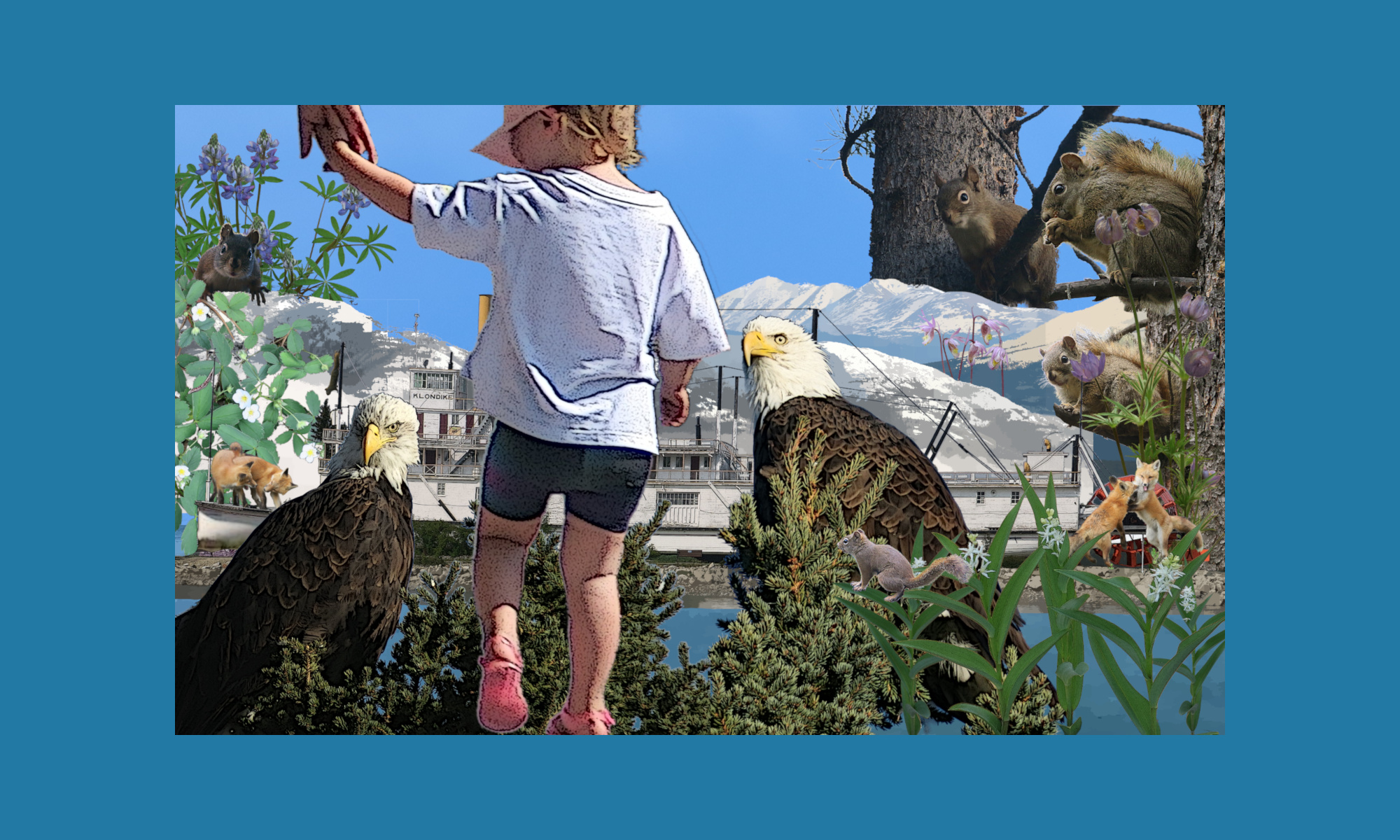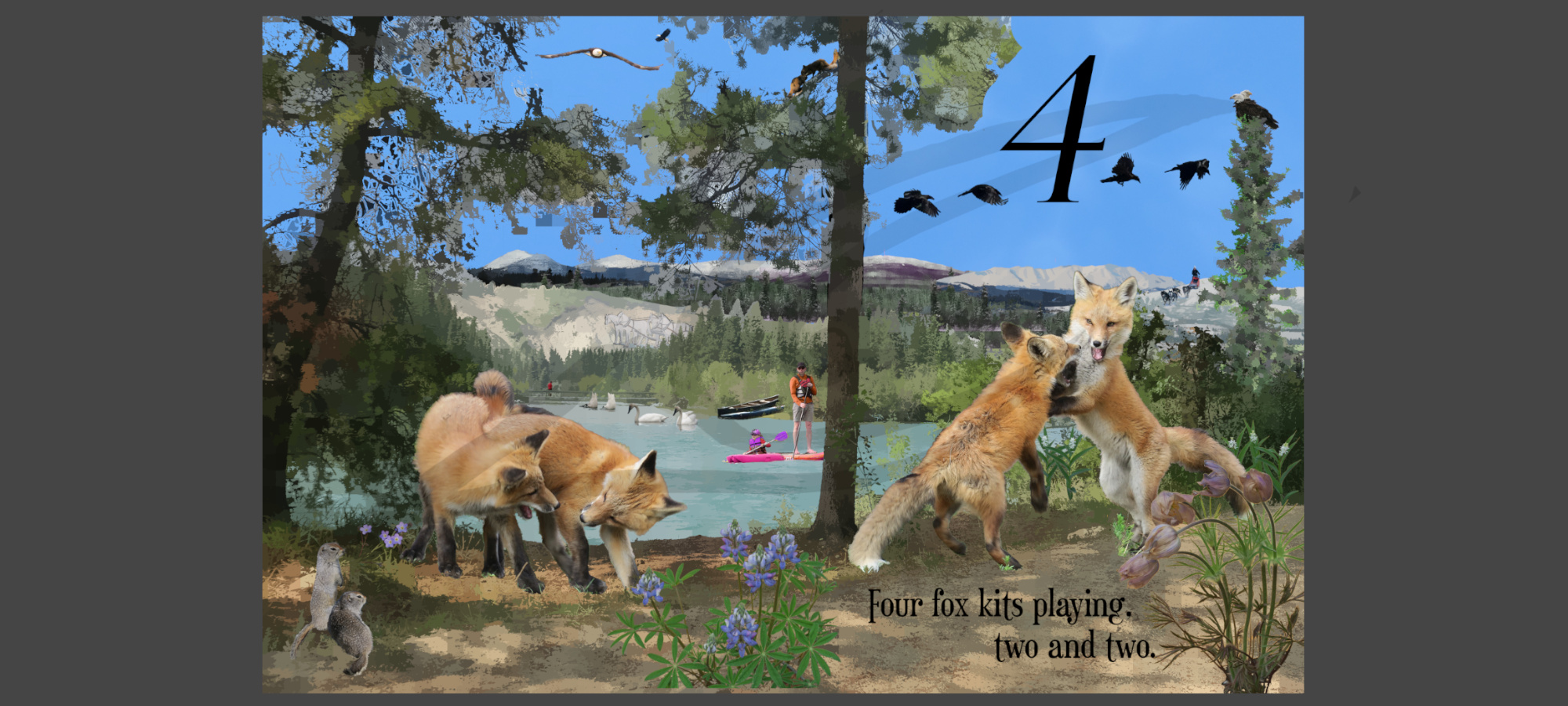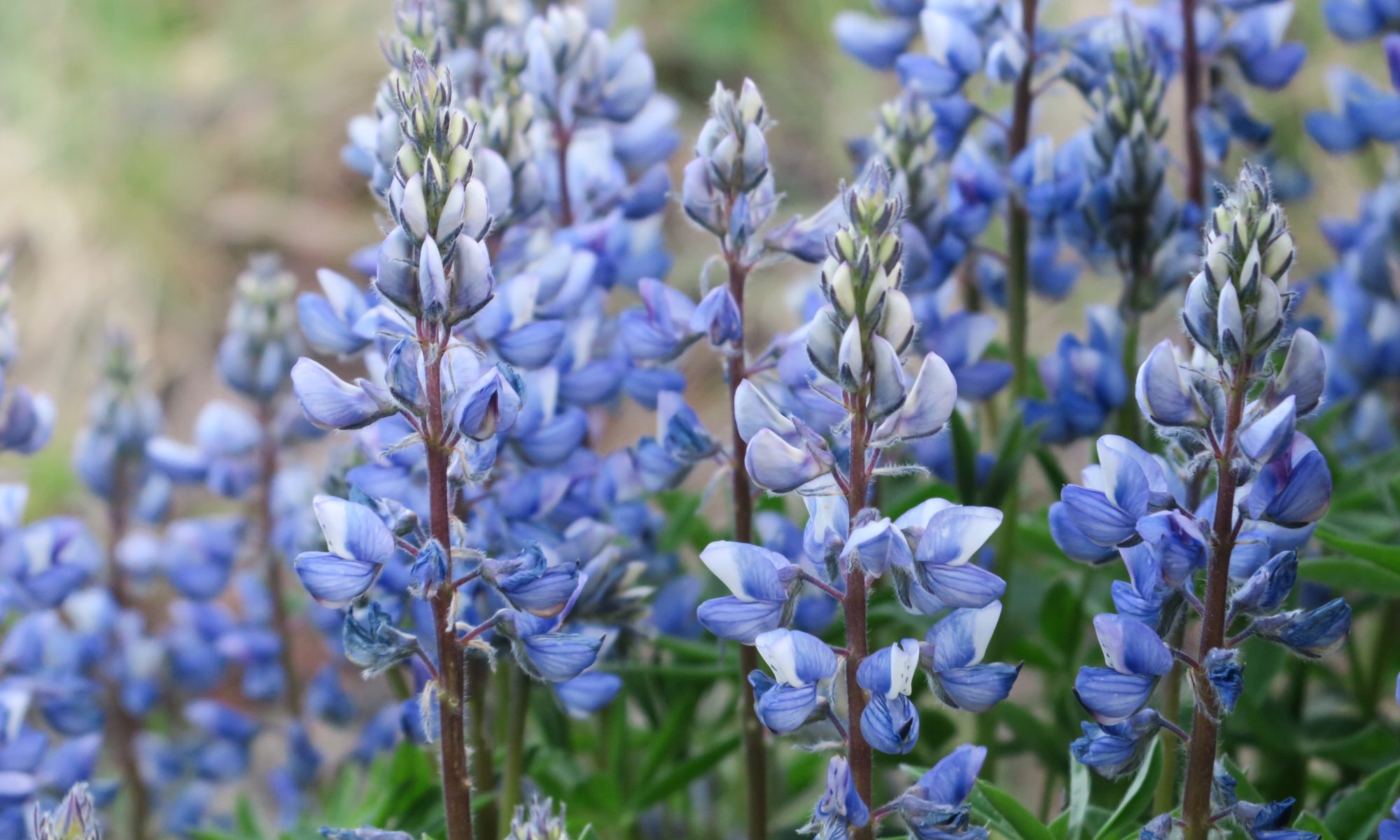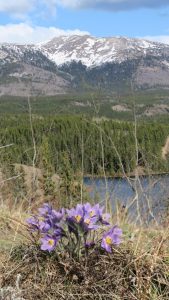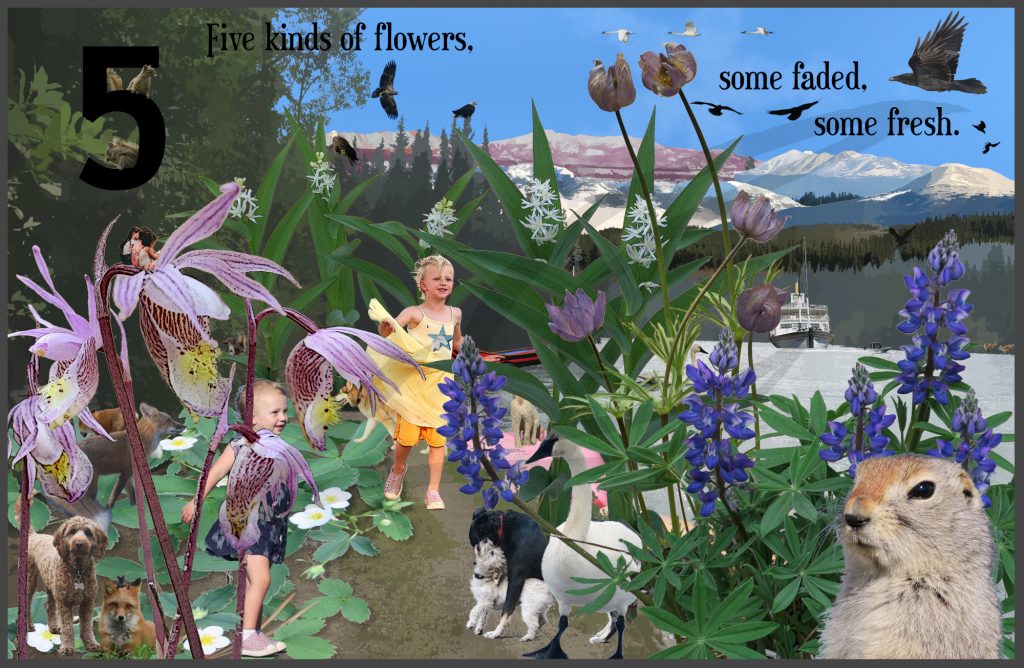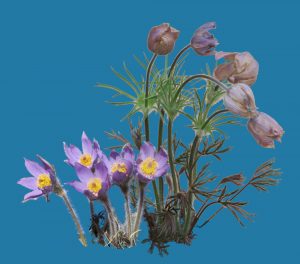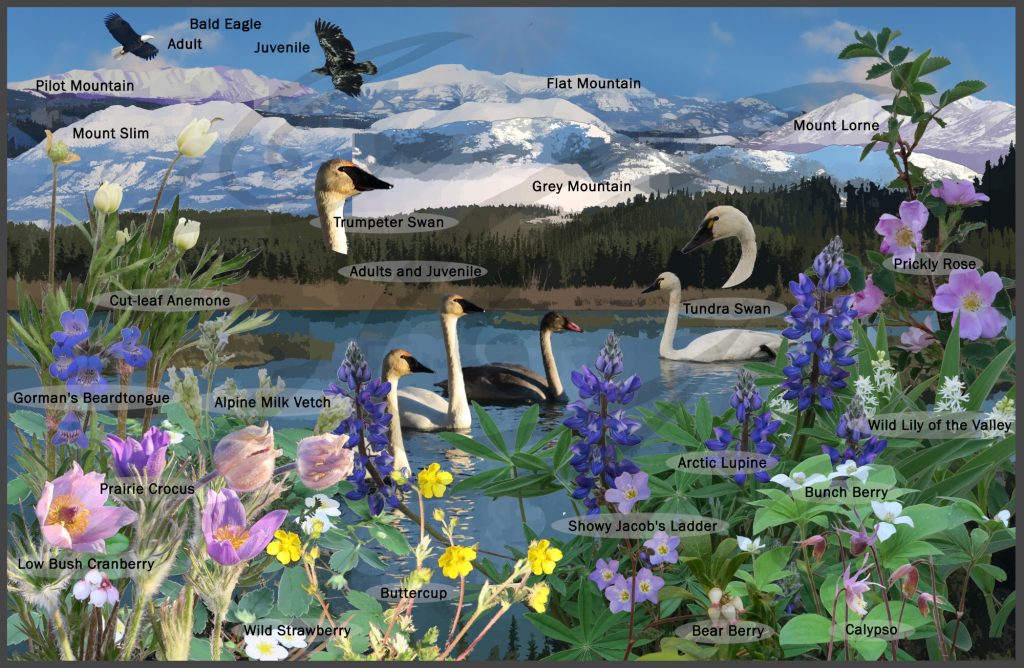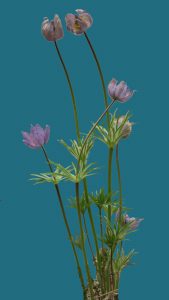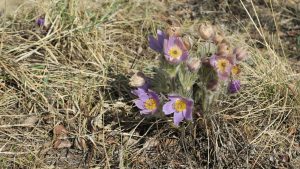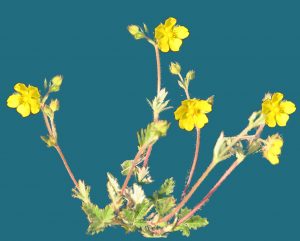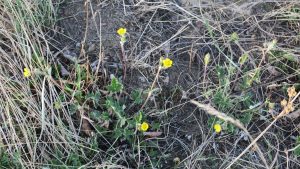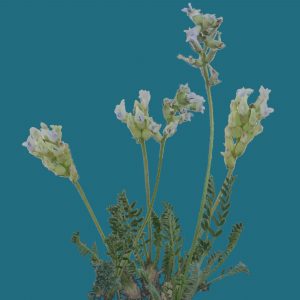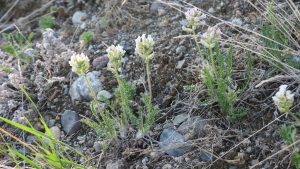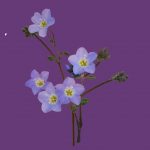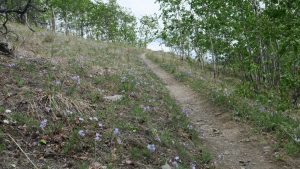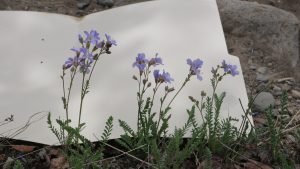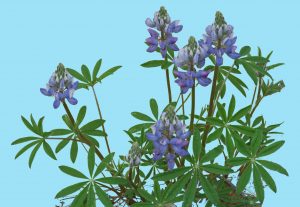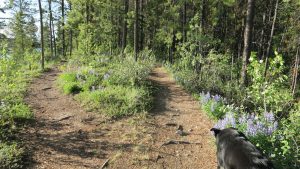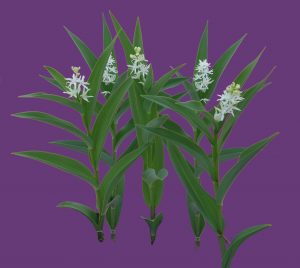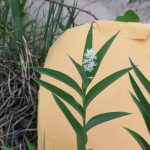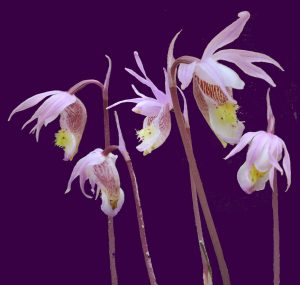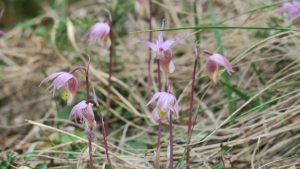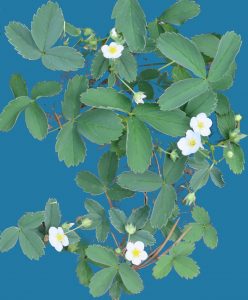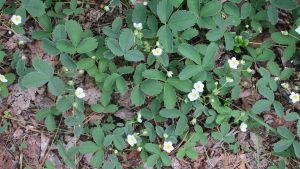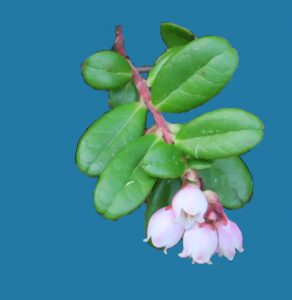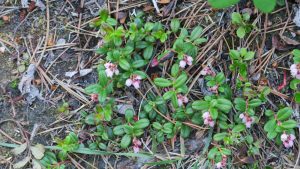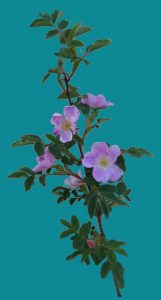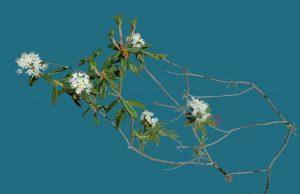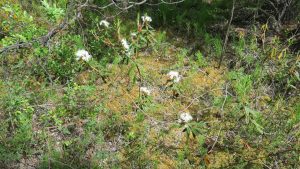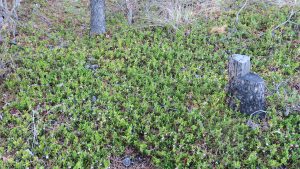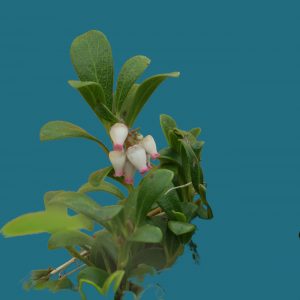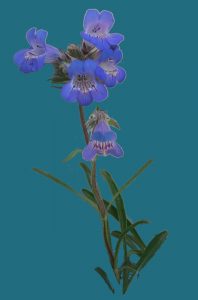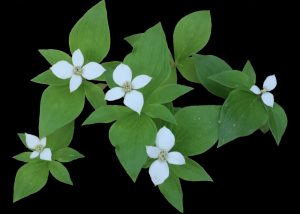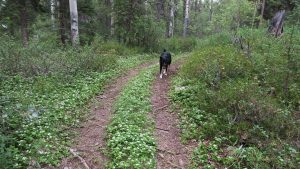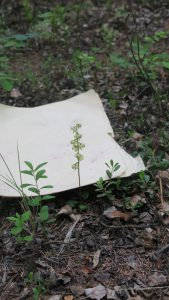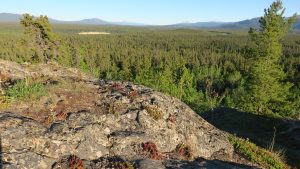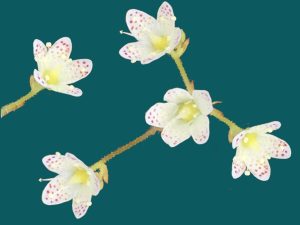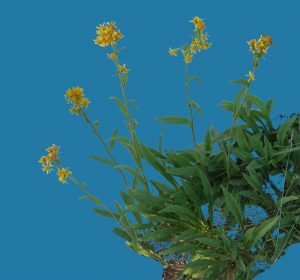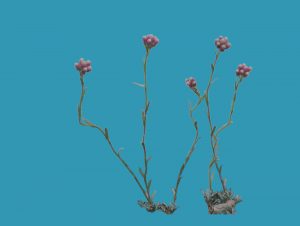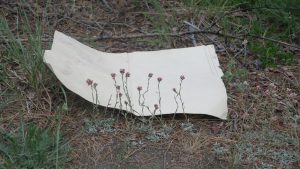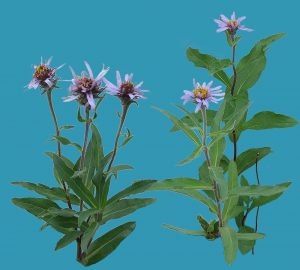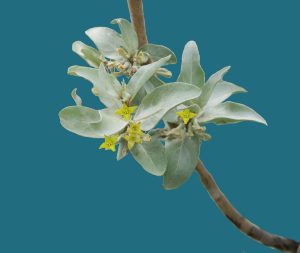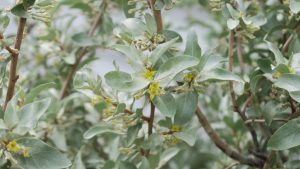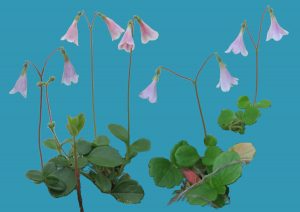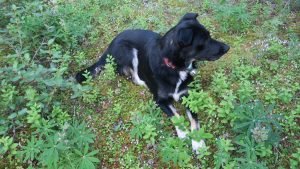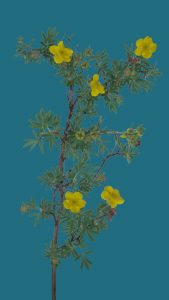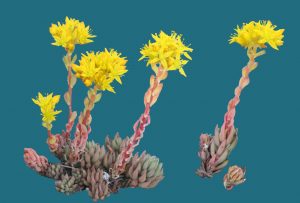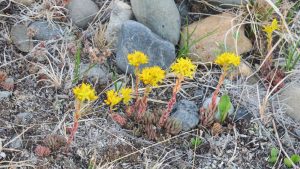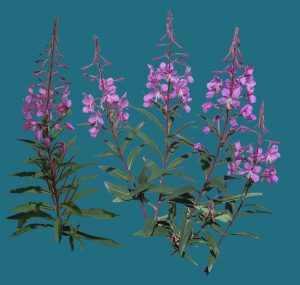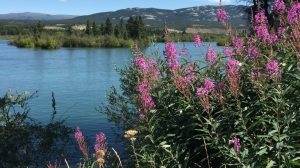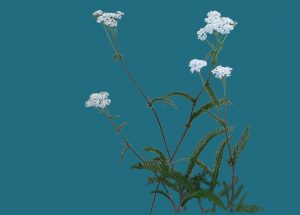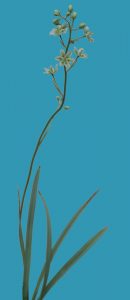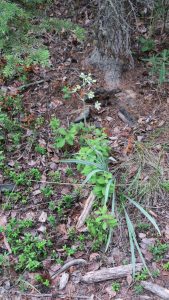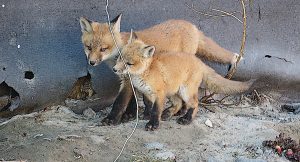
Foxes are very much at home in Whitehorse. Not just the wild parts, but right downtown and in residential areas. Every neighbourhood in the city is said to have at least one fox den – in the spring/summer of 2023 I was fortunate to walk past one of the downtown dens every day on my way to and from work. It was a great treat to watch the fox kits grow.
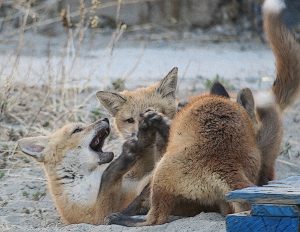
I would approach the den eagerly, wondering if the foxes would be out, and how many I would see, hoping the kits would be playing. Often there would be two or three in sight, and frequently they would be lazing in the grass or up on the roof (their den was under a long-abandoned and very dilapidated building which they had the run of. I called it Fox Manor), but sometimes the kits would be running around in the yard, chasing and leaping at each other.
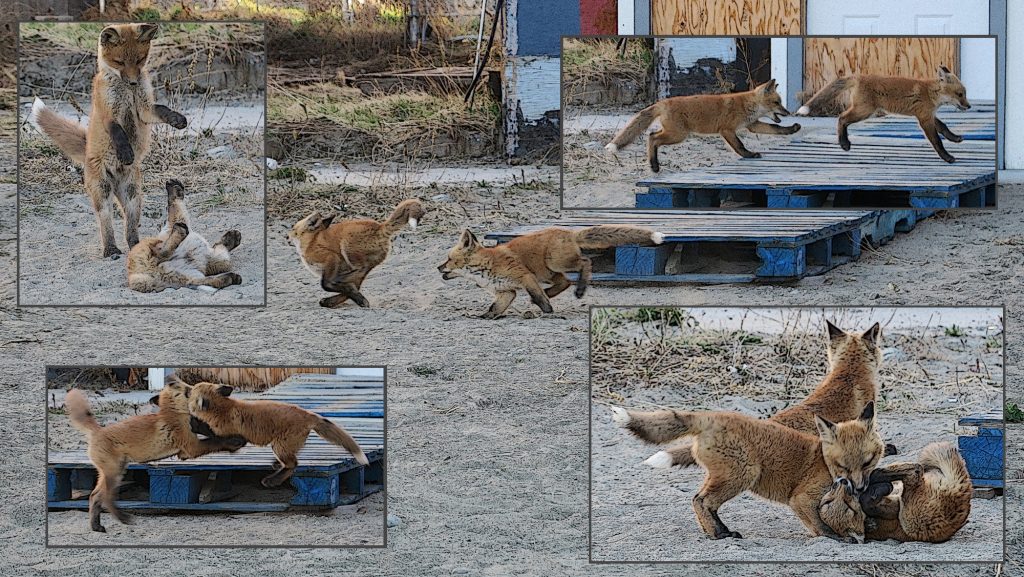
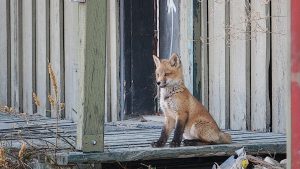
It was hard to be sure how many kits were in the family – there was one runt, which you can see in the picture above (and sitting on the front porch – isn’t it cute?) but the rest were hard to tell apart, and for a while the most foxes I saw in one visit was five – four fox kits and one adult, or three young and two parents. Until one day I saw the whole family up on the roof of Fox Manor – five kits and two adults! I think that was the whole family, anyway.

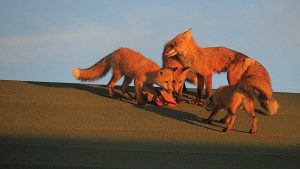
I love this picture, of the one I think is the dad with three of his offspring, who have been fighting to get hold of an old work glove he brought home (as a toy? to chew the leather parts? I don’t know, but I saw him carry it into the yard, then up to the roof through the inner route they used). The father looks blissful to be with his children. (By the way, click on any of the smaller pictures to enlarge them.)
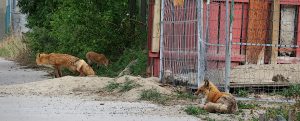
You may notice that the adult foxes have uneven coats, with very short hair on their legs and other parts of their bodies. This is just some scruffiness from shedding their winter coats, not a sign of mange as some may suspect. They appeared to be healthy animals, parents well capable of providing for their young.
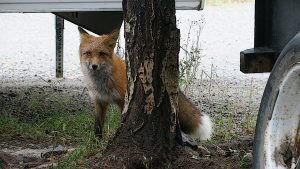
Most of the foxes in ‘Walking in Whitehorse: A Counting Adventure’ are in this fox family. There are plenty of other foxes to be seen while walking or driving around the city, though, and there was one (or more) that came regularly to our downtown yard the past couple of years, much to the excitement of our dog. It would even come right up to our front door, sniffing around.
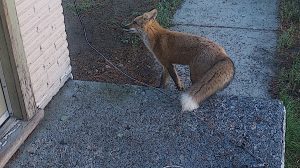
The foxes of Whitehorse are very bold, with little fear of humans. They trot down the streets on their own business, not worried about crossing paths with people. Even dogs they seem often intrigued by, rather than frightened of.
Settlers have flooded into this territory over the past 130 years or so, drastically altering natural habitats, but foxes have managed to thrive in our midst. I’ve seen more of them right in town than on the trails. They are residents of Whitehorse, part of the enduring wilderness of this northern city.
